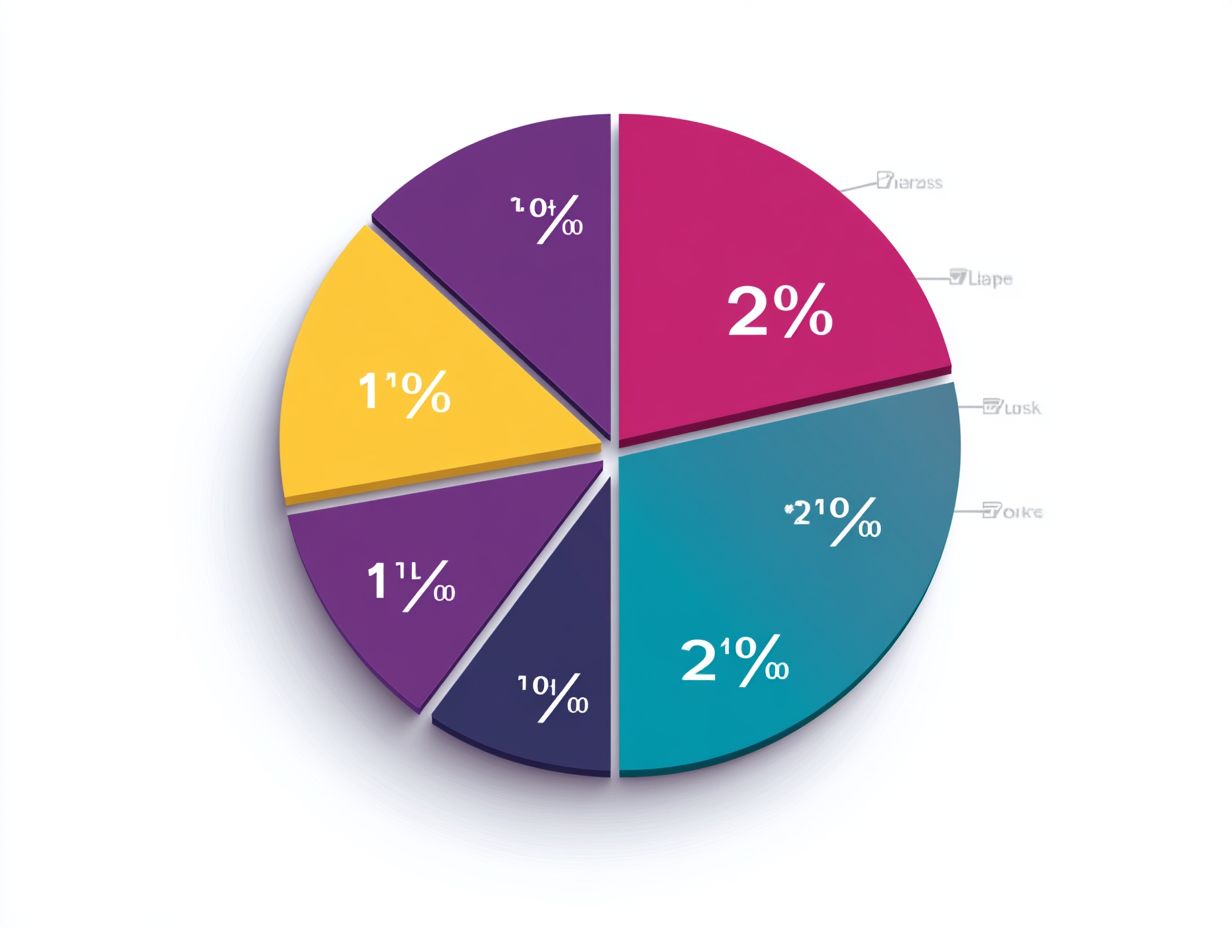Cloud Provider Market Share: Key Insights
The cloud provider market is undergoing rapid evolution, fueled by a growing reliance on digital solutions across various industries.
This article delves into the definition and growth of cloud computing, highlights the leading players by market share, and investigates the factors that contribute to their prominence.
It also offers insights into emerging trends and technologies that can reshape the landscape, along with practical tips to help you select the right cloud provider tailored to your needs.
Contents
- Key Takeaways:
- Overview of the Cloud Provider Market
- Top Cloud Providers by Market Share
- Factors Influencing Market Share
- Future Trends and Predictions
- Choosing the Right Cloud Provider
- Frequently Asked Questions
- What is meant by “Cloud Provider Market Share”?
- Why is it important to analyze Cloud Provider Market Share?
- Which companies are currently leading in Cloud Provider Market Share?
- What Drives a Company s Cloud Provider Market Share?
- How has Cloud Provider Market Share changed in recent years?
- What are some key insights from analyzing Cloud Provider Market Share?
Key Takeaways:

The cloud provider market is rapidly growing due to the increasing demand for cloud computing services. The top players in the market include Amazon Web Services, Microsoft Azure, and Google Cloud, with AWS leading the market share by a significant margin. Technology, pricing, and services offered are key factors influencing a cloud provider’s market share, and companies should carefully consider these factors when choosing a provider.
Overview of the Cloud Provider Market
The cloud provider market has experienced remarkable growth, fueled by the rising demand for comprehensive cloud computing solutions.
These solutions now span a wide array of services, such as Infrastructure as a Service (IaaS), Platform as a Service (PaaS), and Software as a Service (SaaS).
As businesses across diverse sectors embrace these cloud offerings, they benefit from improved operational efficiency and the opportunity to explore innovative digital business models.
The shift to hybrid cloud environments allows businesses to combine public and private cloud solutions, setting the stage for unparalleled flexibility and growth.
Definition and Growth of Cloud Computing
Cloud computing stands as a transformative technology, offering scalable and flexible services over the internet. This means you can access vital computing resources without the burden of maintaining on-premises infrastructure.
This paradigm shift has completely redefined how businesses approach their IT needs, fostering innovation and efficiency throughout various sectors.
The three core models of cloud computing Infrastructure as a Service (IaaS), Platform as a Service (PaaS), and Software as a Service (SaaS) each serve distinct purposes tailored to operational requirements.
With IaaS, businesses rent virtual servers instead of buying them, allowing them to manage workloads without the hassle of physical servers. PaaS provides tools for developers to create applications without dealing with the underlying hardware, while SaaS lets users access fully functional software applications online, eliminating the need for cumbersome installations.
Together, these models support digital transformation and enable businesses to innovate and adapt to the ever-changing market landscape.
In the competitive realm of cloud computing, Amazon Web Services (AWS), Microsoft Azure, and Google Cloud reign supreme, each commanding a significant share of the market.
They provide distinct features and capabilities tailored to meet a wide array of customer needs across the globe, particularly in regions such as North America, Europe, and Asia Pacific.
Ranking and Comparison of Key Players

Ranking the top cloud providers requires careful analysis of several key factors, including revenue growth, service variety, customer support, and overall market trends. In this competitive arena, AWS consistently takes the lead, closely followed by Microsoft Azure and Google Cloud.
These three giants dominate the landscape, each employing unique market strategies that resonate with different business segments. AWS shines with its extensive range of services and a mature ecosystem, offering unparalleled flexibility and scalability. However, it sometimes faces criticism regarding customer support.
On the other hand, Azure leverages its seamless integration with Microsoft products, enhancing its appeal for enterprises already entrenched in that ecosystem. Yet, it occasionally falls short in performance metrics when compared to its rivals.
Meanwhile, Google Cloud sets itself apart with advanced machine learning capabilities and attractive pricing. However, it faces challenges with a smaller market share, which can affect its visibility and reputation among potential customers.
Discover how these cloud solutions can transform how you do business today!
Explore our comprehensive guide to choose the right cloud provider for your needs!
Several key factors impact the market share of cloud providers. These include pricing strategies, technological advancements, the range of services offered, and the level of cloud adoption among businesses, especially in the enterprise SaaS sector.
Each of these elements shapes the competitive landscape of cloud services.
Technology, Pricing, and Services Offered
The technology behind cloud services, along with flexible pricing strategies and various service models, plays a key role in attracting users to public cloud offerings.
Understanding basic technologies like virtualization (which allows multiple virtual systems to run on a single physical system), containerization, and distributed computing is essential for effective data management and resource allocation.
Companies use different pricing strategies such as pay-as-you-go, subscription-based models, and tiered pricing. This flexibility enhances customer satisfaction and significantly influences decision-making.
The service models Infrastructure as a Service (IaaS), Platform as a Service (PaaS), and Software as a Service (SaaS) further shape choices by offering varying levels of control and management to meet diverse business needs in the evolving landscape of public cloud services.
Future Trends and Predictions
The future trends in the cloud provider market show a shift toward greater cloud adoption across various industries. This change is driven by technologies like AI integration, machine learning, and edge computing, all of which boost operational efficiency.
Embracing these innovations will position businesses at the forefront of this evolving landscape.

Shifts in market share among cloud providers will largely depend on their ability to adapt to changing customer needs and financial performance metrics, particularly in the enterprise cloud sector.
As competition intensifies and technology advances, staying ahead of industry trends is crucial act now!
Analysts have noted a significant move toward hybrid cloud solutions as businesses seek flexible options tailored to their operational requirements.
Recent financial data shows a strong link between customer satisfaction and market positioning, highlighting the need for responsive service offerings.
Case studies demonstrate that companies adopting cloud-native technologies have improved agility and cost efficiency, which fuels demand and influences market share dynamics.
Impact of Emerging Technologies
Emerging technologies, especially AI integration and machine learning, are set to reshape the cloud provider market, resulting in enhanced service offerings and stronger security protocols.
This transformation brings exciting opportunities for innovation, allowing service providers to create tailored solutions that meet diverse needs more efficiently.
Improved security measures from these technologies not only protect sensitive data but also build trust among clients, positively impacting their purchasing decisions.
As businesses increasingly rely on data, using AI and machine learning in cloud services enables real-time analysis of vast amounts of information, aiding strategic decision-making.
This shift enhances operational efficiency and creates a competitive edge in the ever-changing digital landscape.
Choosing the Right Cloud Provider
Selecting the right cloud provider is a crucial decision for any business and requires careful evaluation of various factors.
Consider aspects like cloud migration strategies, customer support quality, and the strength of security measures that protect your data.
Each choice you make significantly impacts your operational efficiency and data integrity.
Considerations and Tips for Decision Making
Choosing a cloud provider requires careful evaluation. Consider pricing, service offerings, and customer support to ensure a smooth transition.
Understanding these factors is crucial. The right cloud services can boost your operational efficiency and impact your profits.
Assessing pricing models, like pay-as-you-go versus subscription plans, aligns costs with usage patterns. This can lead to substantial savings.
Robust customer support is essential. Providers offering 24/7 assistance help you troubleshoot swiftly, minimizing downtime.
Understanding different service models, like Infrastructure as a Service (IaaS) and Software as a Service (SaaS), provides insights into solutions that best fit your needs. This clarity can enhance your satisfaction and success.
Frequently Asked Questions

Cloud Provider Market Share refers to the percentage of the total market controlled by a specific cloud service provider. It measures a company’s dominance and influence in the cloud computing industry, highlighting key trends in cloud service provider offerings.
Analyzing Cloud Provider Market Share offers insights into the performance of various cloud service providers. For a comprehensive overview, refer to cloud provider ratings: an overview of 2024, which can inform decisions about selecting a cloud provider for your business or project.
As of 2021, Amazon Web Services (AWS), Microsoft Azure, and Google Cloud Platform are the top three companies, collectively holding over 50% of the market share.
A company s Cloud Provider Market Share is influenced by many factors. These include service quality, pricing, customer satisfaction, and marketing efforts. Partnerships and acquisitions also impact market share.
There has been a significant shift in Cloud Provider Market Share. While AWS maintains its lead, Microsoft Azure and Google Cloud Platform are steadily gaining ground. Smaller players like Alibaba Cloud and IBM Cloud are also making strides in the market.
Key insights from analyzing Cloud Provider Market Share include the dominance of certain companies and trends in market shifts. It reveals preferences of businesses when selecting cloud service providers and highlights key takeaways from cloud provider comparisons that present opportunities for new entrants.




